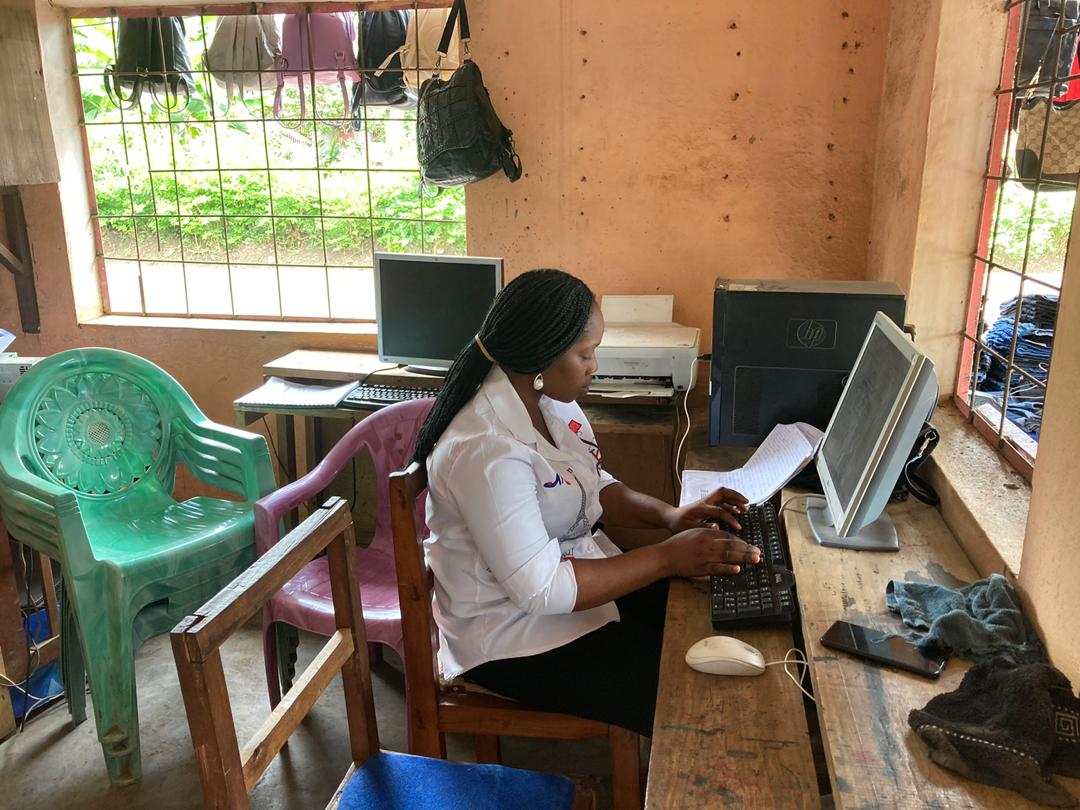
Driving Change Through Integration: The Rise of Multi-Purpose Development Projects Since 2016
In the rapidly evolving global development landscape, the need for integrated solutions to complex challenges has never been more urgent. Since the adoption of the United Nations Sustainable Development Goals (SDGs) in 2015, there has been a significant shift toward holistic, multi-dimensional approaches that simultaneously address environmental, social, and economic issues. At the heart of this shift lies the concept of multi-purpose development projects—initiatives designed to create sustainable impact across multiple sectors.
The Context: Why Integration Matters
The world today faces interconnected challenges—climate change, poverty, inequality, water scarcity, energy crises, and limited access to education and healthcare. Traditional siloed approaches to development proved insufficient in addressing these overlapping issues. In response, the international community began to champion integrated development strategies, paving the way for multi-purpose projects that bring diverse solutions under a unified framework.
These projects are not just about doing more—they are about doing better. By combining efforts across various sectors, they aim to generate sustainable impact, build resilient communities, and promote inclusive growth.
The Birth of a Movement: Post-SDGs Momentum (2016–2018)
Following the landmark adoption of the SDGs in 2015, development organizations, governments, and local actors began forming associations and coalitions dedicated to multi-purpose development. From 2016 to 2018, these groups laid the foundation for an integrated approach by:
-
Facilitating cross-sector collaboration between governments, NGOs, private entities, and communities.
-
Launching pilot projects that combined renewable energy, clean water access, agriculture, education, and human rights advocacy.
-
Prioritizing initiatives that tackled multiple SDGs in tandem—for example, combining gender equality with economic empowerment or environmental conservation with food security.
These early associations recognized that sustainable progress depended on breaking down barriers between sectors and addressing the root causes of inequality and environmental degradation.
From Pilots to Progress: Scaling Up Impact (2018–2020)
During this period, multi-purpose projects moved from the conceptual to the practical. As global and local crises intensified—such as the humanitarian crisis in Southern Cameroon—development actors began scaling up successful integrated models.
Key achievements included:
-
Launching solar energy projects that powered schools and health centers.
-
Rolling out clean water and sanitation programs alongside education initiatives.
-
Expanding sustainable agriculture training while introducing microfinance opportunities for local farmers and entrepreneurs.
These projects not only provided immediate relief but also strengthened local economies and improved long-term resilience.
Resilience and Empowerment: A New Focus (2020–2023)
The COVID-19 pandemic tested the strength and adaptability of development efforts worldwide. Multi-purpose projects proved vital in ensuring communities could weather the storm, particularly in vulnerable regions.
The focus shifted toward:
-
Climate resilience through afforestation, sustainable farming practices, and water conservation.
-
Community empowerment via education, health awareness campaigns, and digital literacy programs.
-
Building localized systems that allowed communities to become self-sufficient in the face of global uncertainty.
Despite funding challenges and logistical difficulties, especially in remote or conflict-affected areas, the integrated model enabled organizations to maintain momentum and continue supporting those most in need.
Innovation and Technology: The New Frontier (2023–Present)
Today, multi-purpose development projects are increasingly embracing digital and technological integration to maximize their impact. Innovations include:
-
Data-driven agriculture, where farmers use mobile platforms to access weather data, crop recommendations, and market prices.
-
Solar-powered microgrids that deliver reliable energy to off-grid communities.
-
E-learning platforms that provide education access to children and adults in rural areas.
These advancements are not only improving project efficiency but also enhancing scalability and inclusiveness, reaching populations that were previously underserved.
Real-World Impact: Case Studies from the Field
Organizations like the Multi-purpose Project for Sustainable Development Association (MUSUD) have been at the forefront of this movement. Since 2016, MUSUD has:
-
Empowered over 200 children through after-school tutoring and adult literacy workshops.
-
Provided clean water and sanitation infrastructure to thousands, reducing disease prevalence.
-
Offered business grants and training to local entrepreneurs, especially women, boosting local economies.
-
Installed solar streetlights and renovated community centers to improve safety and access to essential services.
These efforts illustrate how multi-purpose development projects can catalyze systemic change and build community resilience.
Lessons Learned and Looking Ahead
Key takeaways from nearly a decade of integrated development include:
-
Community participation is essential. Projects succeed when locals are involved in planning and implementation.
-
Flexibility is crucial. Multi-purpose projects must adapt to changing needs, especially in crises like conflict or pandemics.
-
Funding diversity matters. To ensure sustainability, organizations must build broad-based support from donors, government agencies, and private partners.
Looking to the future, the focus is shifting toward:
-
Expanding into new areas such as climate change mitigation, digital inclusion, and human rights advocacy.
-
Enhancing partnerships to increase reach and effectiveness.
-
Strengthening monitoring and evaluation systems to better track impact and inform strategy.
Conclusion: A United Path Forward
Multi-purpose development projects represent a powerful shift in how the world tackles its most pressing challenges. By driving change through integration, these initiatives are not only achieving the SDGs—they're building a more just, equitable, and sustainable future.
As we continue this journey, one thing remains clear: the power of collaboration and integrated thinking is our strongest asset in creating lasting transformation.

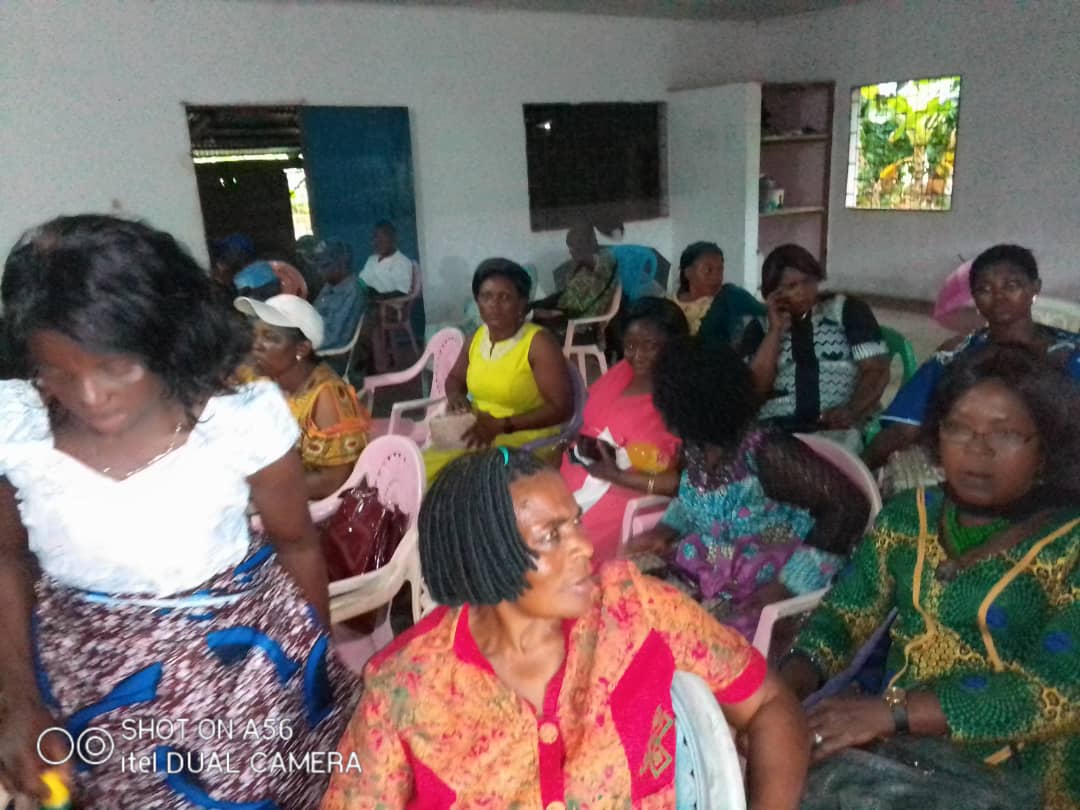
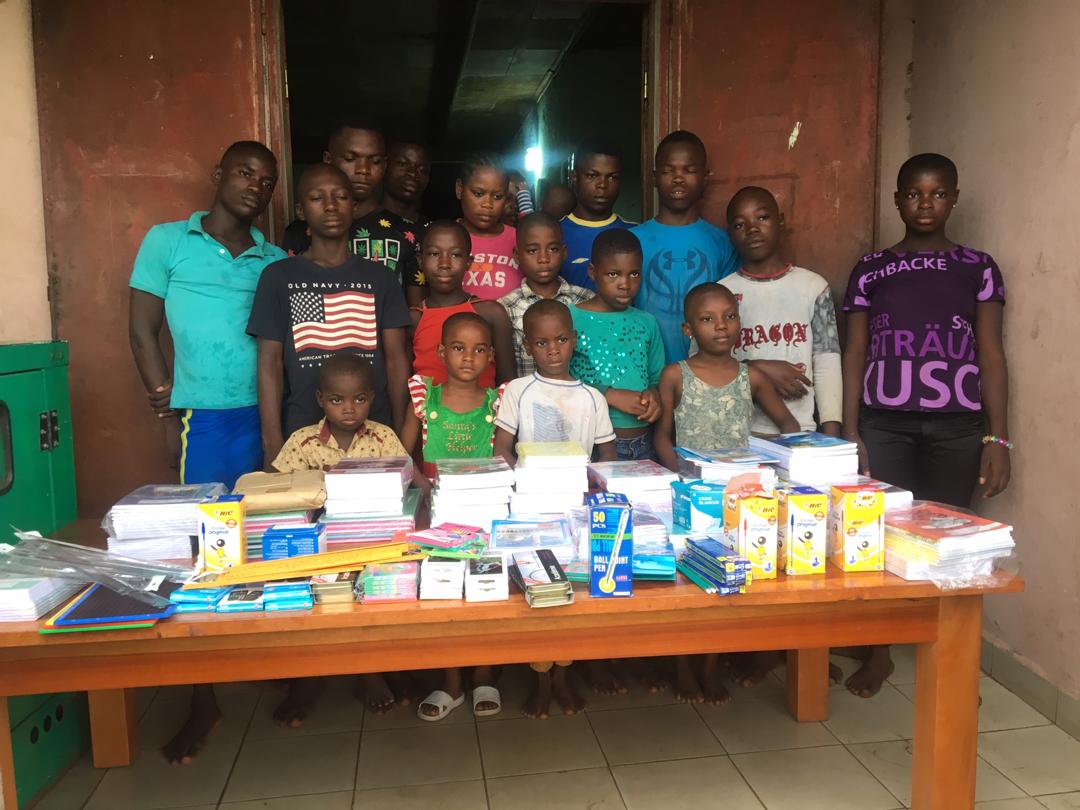
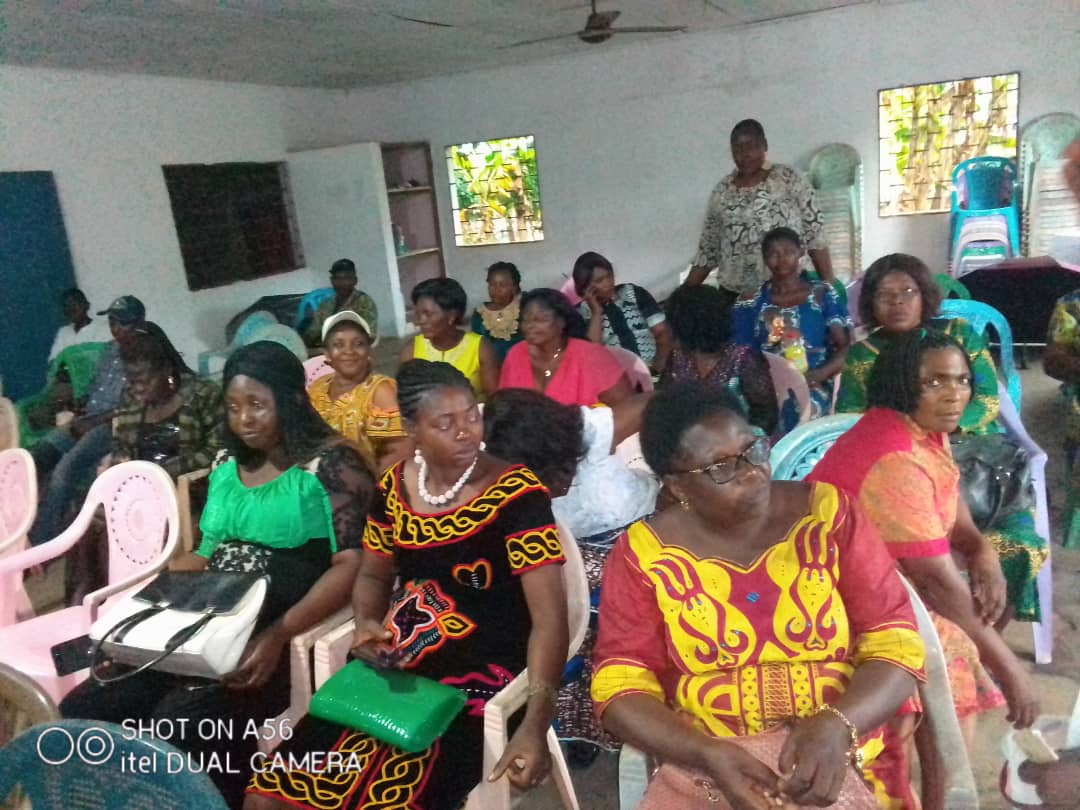
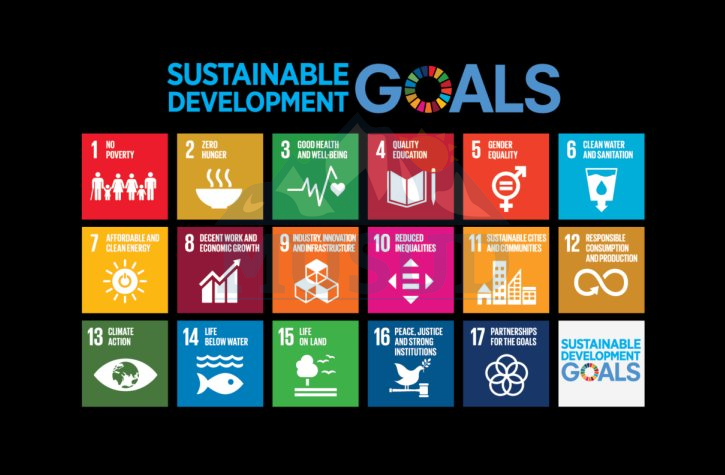


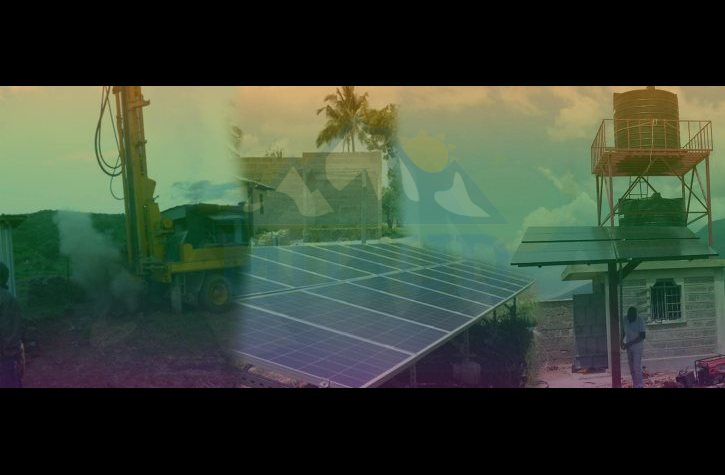
Comments on Post